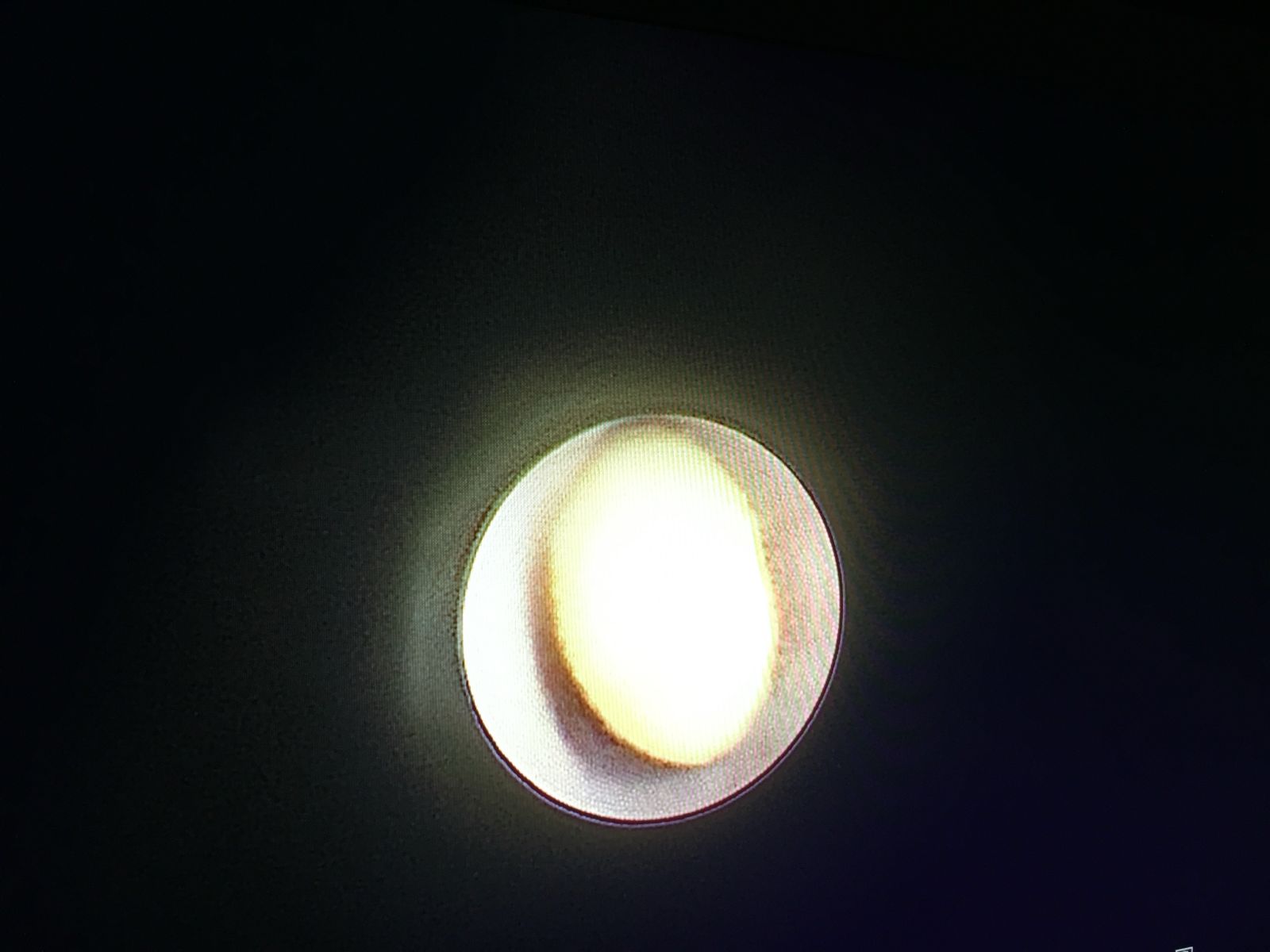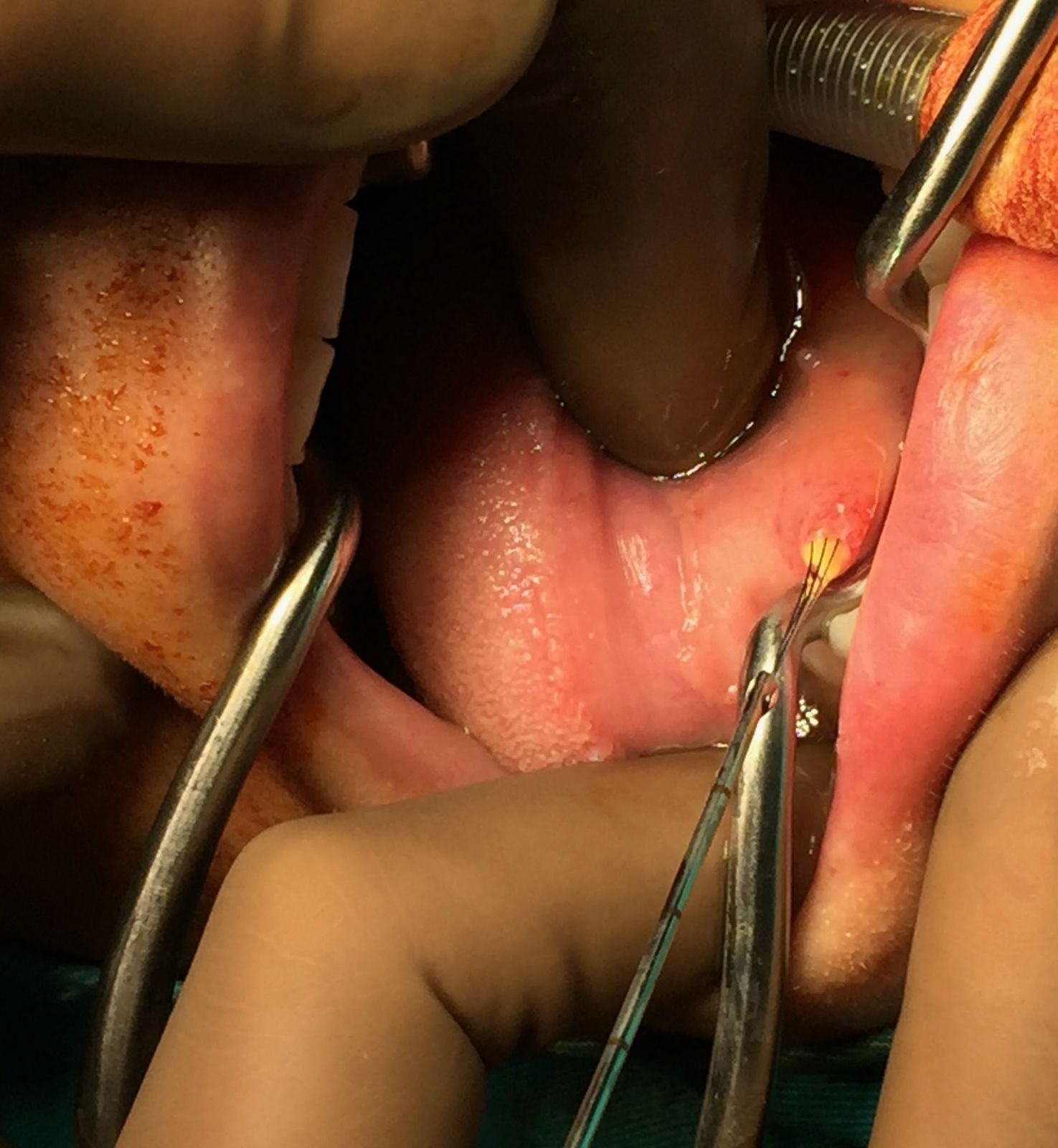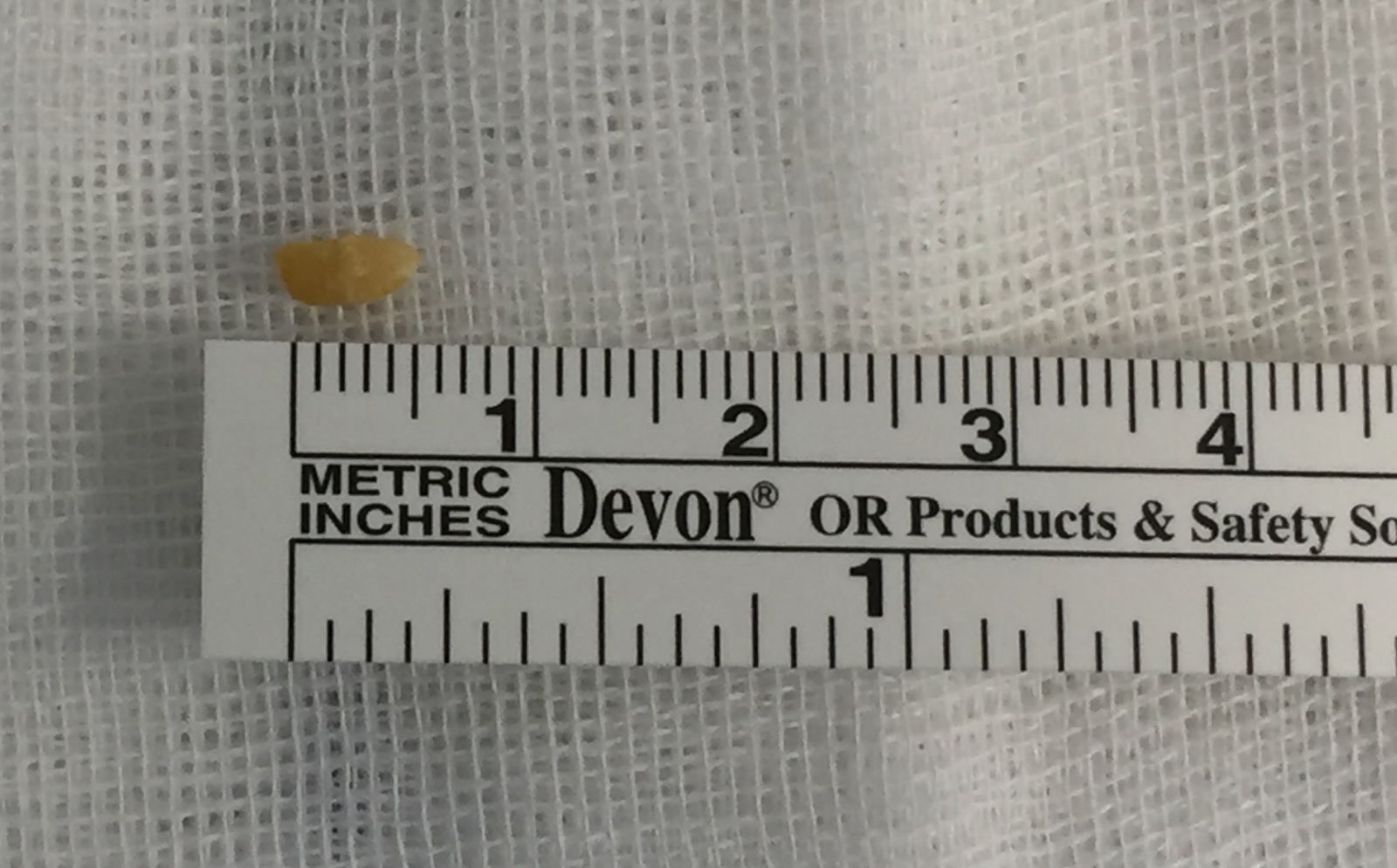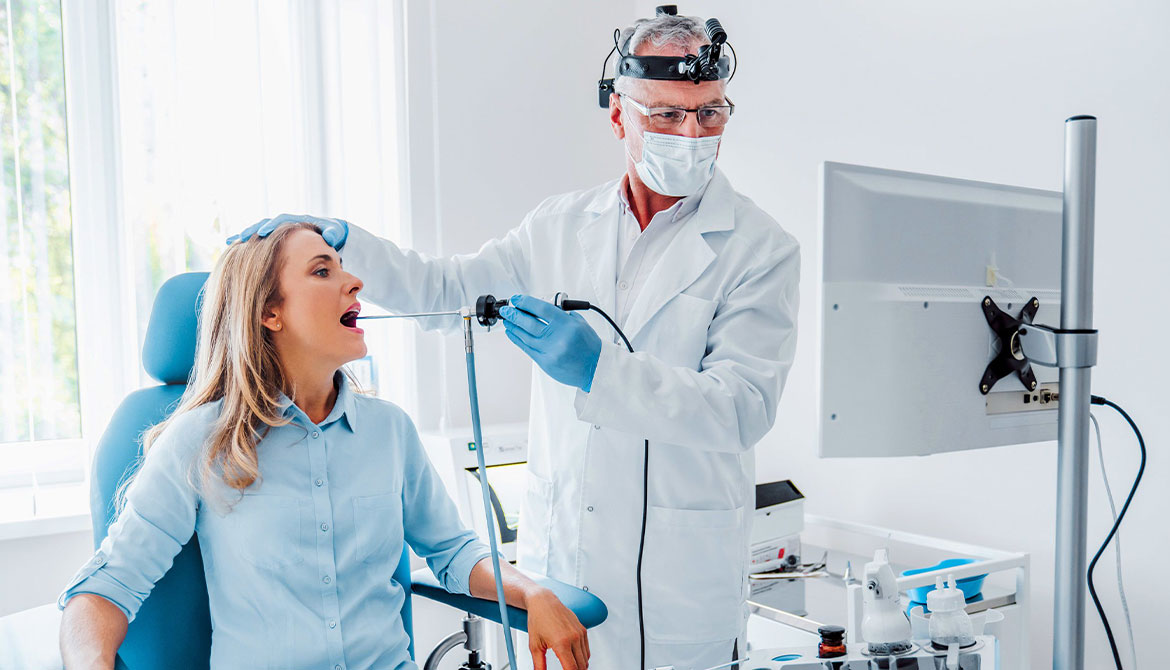Sialendoscopy: A Modern and Minimally Invasive Treatment Method for Salivary Gland Diseases
Salivary glands play a crucial role in oral health by producing secretions that aid in digestion. However, several issues may arise within the salivary ducts, such as stone formation (sialolithiasis), chronic infections, and ductal strictures. While traditional surgical methods have long been used to treat these conditions, a new technique called sialendoscopy has emerged as a less invasive, more comfortable, and faster recovery alternative.
Sialendoscopy is a minimally invasive method that allows for the examination and treatment of the salivary ducts using a thin, flexible endoscope. With this technique, salivary stones can be removed, ductal strictures opened, and chronic infections treated without the need for conventional surgery.

What Is Sialendoscopy?
Sialendoscopy is an endoscopic technique used for the diagnosis and treatment of salivary gland diseases. This method enables detailed visualization of the salivary glands and ducts, allowing for direct diagnosis and treatment of conditions.
During the procedure, a specially designed thin camera (endoscope) is inserted into the patient’s salivary duct. This camera provides a clear view of the ductal structure and any obstructions. If stones, narrowing, or inflammation are detected, treatment can be administered immediately through the endoscope.

When Is Sialendoscopy Used?
Sialendoscopy is primarily used for diagnosing and treating obstructions in the salivary ducts. Common applications include:
Salivary Gland Stones (Sialolithiasis)
- Stones in the ducts can block salivary flow, causing swelling, pain, and infection.
- With sialendoscopy, stones can be removed with small instruments or broken down using laser or ultrasonic waves for natural expulsion.
Chronic Salivary Gland Infections
- Recurrent infections may cause inflammation and blockages in the ducts.
- Sialendoscopy allows for direct flushing of the ducts and application of antibiotic solutions to treat the infection.
Salivary Duct Stenosis (Narrowing)
- Narrowing of the ducts, whether congenital or post-infection, may restrict salivary flow.
- Sialendoscopy enables placement of dilating tools into the duct to widen the constricted area.
Salivary Gland Trauma
- Injuries from accidents or surgeries can damage salivary ducts.
- Sialendoscopy allows for assessment and targeted treatment of the damaged duct.
How Is Sialendoscopy Performed?
Sialendoscopy is typically performed under local anesthesia or mild sedation for patient comfort. The steps are as follows:
- The patient’s salivary duct is gently expanded using special fluids.
- A thin endoscope is inserted through the nose or mouth into the duct.
- The inner structures of the duct are examined, and the site of blockage is identified.
- If stones or narrowing are present, appropriate instruments are used for treatment.
- After the procedure, the patient is discharged following a short observation period.
The entire procedure takes about 30–60 minutes and offers a significantly quicker recovery compared to surgery.
Advantages of Sialendoscopy
Sialendoscopy offers several advantages over traditional surgical methods:
- Minimally invasive: Performed without large incisions or general anesthesia.
- Faster recovery: Patients are usually discharged the same day and can return to normal life quickly.
- Preservation of the salivary gland: Unlike traditional surgery, sialendoscopy helps preserve the gland.
- Lower risk of complications: Significantly reduced risk of infection and bleeding compared to open surgery.
- Personalized treatment: Stone removal, duct dilation, and infection management can be performed in a single session.
Post-Sialendoscopy Recovery Process
After the procedure, patients may experience mild discomfort and short-term swelling, which typically resolves within a few days. For optimal recovery, consider the following:
- Drink plenty of water: Stimulates salivary flow and accelerates healing.
- Avoid acidic and spicy foods: Prevents overstimulation of the glands during early recovery.
- Take prescribed medications regularly: If antibiotics or pain relievers are given, use them as directed.
- Maintain oral hygiene: Brushing and using mouthwash regularly reduces infection risk.

Who Is a Candidate for Sialendoscopy?
- Individuals who frequently experience swelling and pain due to salivary stones
- Patients with recurring salivary gland infections
- People with ductal narrowing or dry mouth caused by strictures
- Patients who prefer alternatives to traditional surgery or seek faster recovery
Conclusion
Sialendoscopy stands out as a groundbreaking method in the diagnosis and treatment of salivary gland diseases. With its fast recovery time, minimally invasive nature, and ability to preserve the salivary glands, it offers significant advantages over traditional surgery.
If you are facing issues like salivary stones, infections, or ductal narrowing, consult an ENT specialist to learn more about sialendoscopy as a treatment option.


